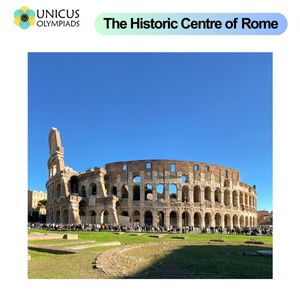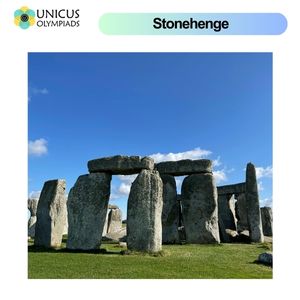

Landmarks are important historical, cultural, and architectural structures that reflect the values, beliefs, and achievements of ancient civilizations. These landmarks not only serve as symbols of past societies but also offer us a glimpse into their way of life, religion, and technological advancements. Many of these monuments are still standing today and are protected as World Heritage Sites due to their historical significance.
Many ancient landmarks were built for religious or spiritual purposes, often to honor deities or serve as places of worship. These structures offer insight into the spiritual life and cultural priorities of ancient civilizations.

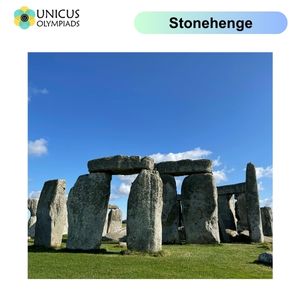
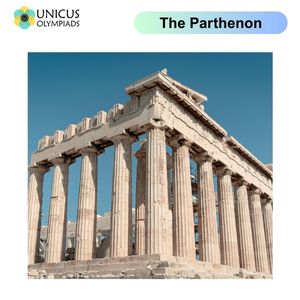

Some landmarks were built to demonstrate the advanced engineering and architectural skills of ancient civilizations. These landmarks reflect the technological prowess and organizational capabilities of societies from long ago.

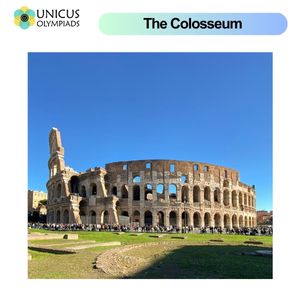
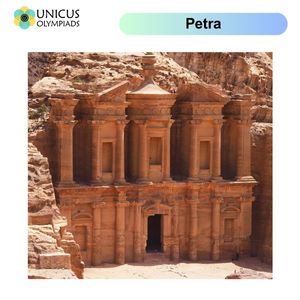

Many ancient landmarks were built to serve as symbols of power, political might, or cultural unity. These structures were not only places of worship or political gatherings but also served to represent the identity and achievements of the civilizations that built them.
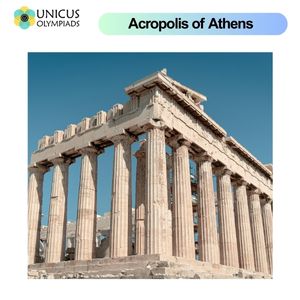
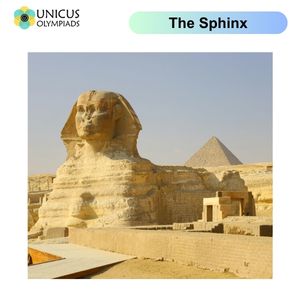


Many of these landmarks are now recognized as UNESCO World Heritage Sites due to their cultural, historical, and architectural significance. These sites are protected and preserved for future generations, ensuring that the beliefs and achievements of ancient civilizations are not forgotten.

